Cypress-axe
Improve the quality of your web applications with automated accessibility testing with cypress-axe.

Discover the power of Cypress for your web projects. We offer customized testing strategies that accelerate your development cycles and improve the quality of your applications. Take advantage of our experience for efficient, reliable testing and optimized workflows.
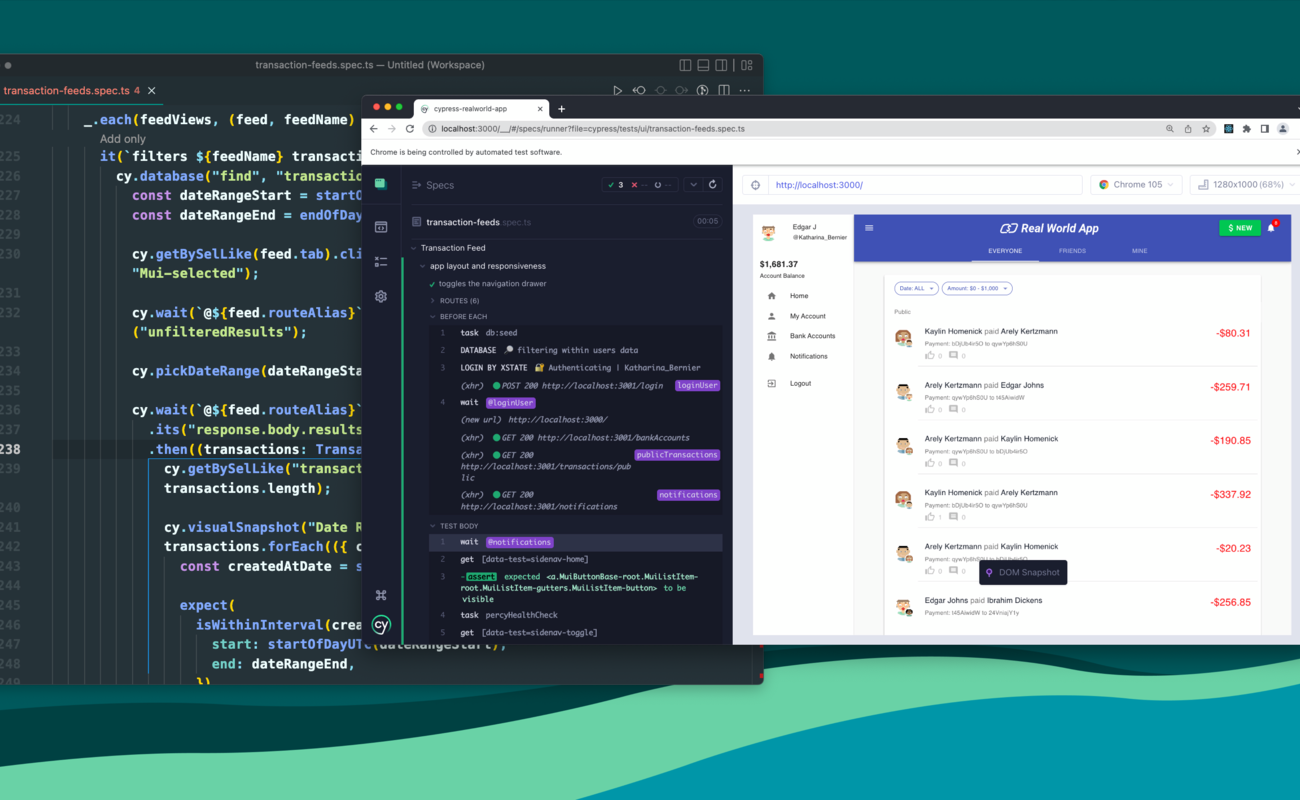
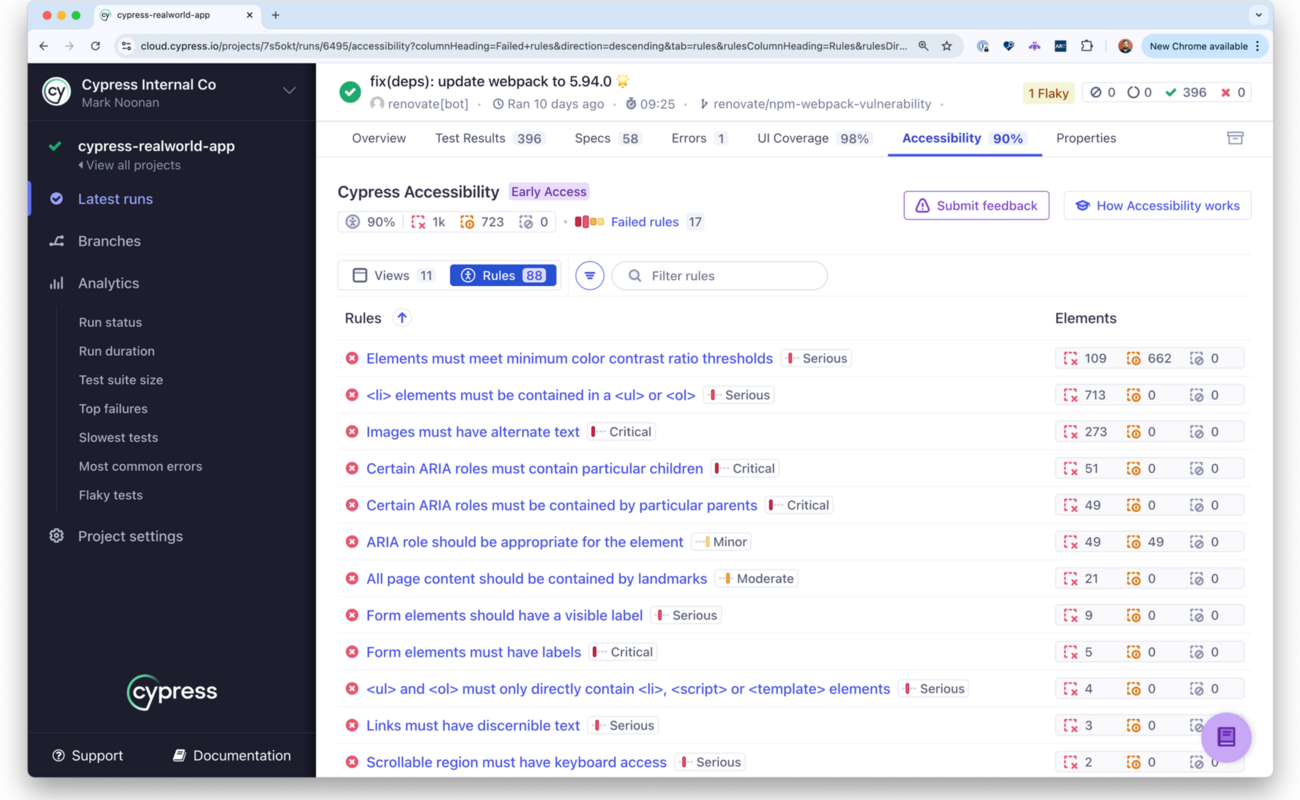
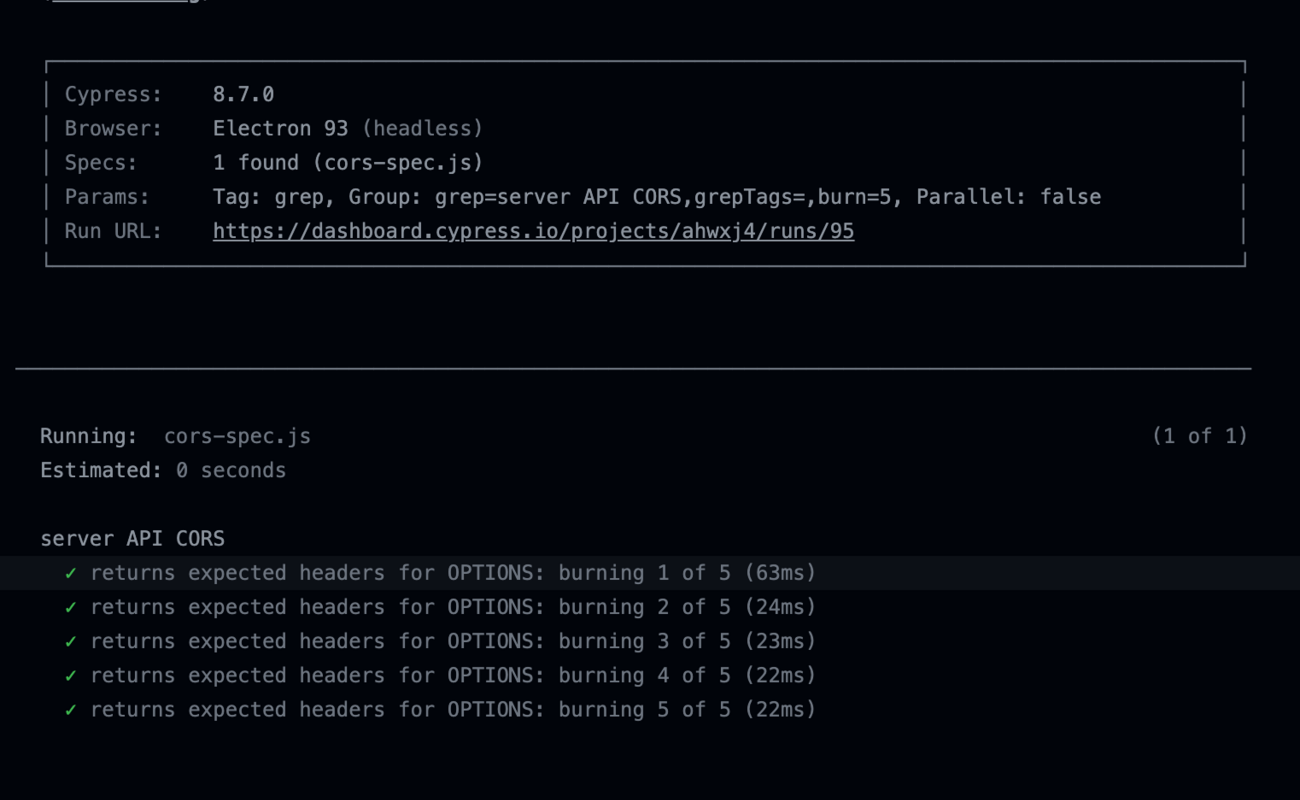
Improve the quality of your web applications with automated accessibility testing with cypress-axe.

TESTIFY.TEAM implements Cypress Grep for precise, time-saving web testing. We optimize your CI/CD pipeline, increase testing efficiency, and ensure quality in content and e-commerce projects.
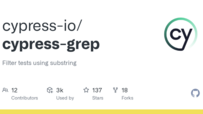
Learn how to create automated tests for your web applications with Cypress.io. This comprehensive guide provides step-by-step instructions for installation, simple test examples, and frequently asked questions to help you get started.
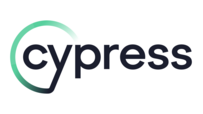

It is frustrating not to have a complete overview of the functionality of a system for which you are responsible. Video evidence provides a remedy here and is an integral part of our automated testing with Cypress.io.
Cypress.IO is a next-generation frontend testing tool designed specifically for the modern web. It enables developers and QA engineers to perform end-to-end, integration, and unit tests directly in their browser. Unlike Selenium, Cypress runs in the same run loop as your application, enabling faster execution and more reliable debugging.
Cypress can be used to cover a wide range of test types, making it a versatile tool. The focus is on end-to-end (E2E) tests, which simulate a user's interaction with the entire application. In addition, integration tests allow you to check the interaction of different components or modules. Although it is not its primary focus, Cypress can also be used effectively for unit tests, especially when it comes to testing UI components. For the latter, there are even special libraries such as @cypress/react or @cypress/vue, which facilitate the isolated testing of components.
Cypress is primarily designed to test web applications that run in a browser. It doesn't matter which specific front-end framework—whether React, Angular, Vue, or another—was used to develop these applications. The tests themselves are written in JavaScript or TypeScript. As long as your application is accessible and interactive in a browser, Cypress can test it effectively, regardless of the underlying implementation technology.
Creating your first Cypress test is straightforward and follows a syntax similar to Mocha, with describe blocks for test suites and it blocks for individual test scenarios. A typical example might look like this: first, you call up the URL of your application with cy.visit(‘http://localhost:3000’). Then, you could use cy.contains(‘Welcome’).should(‘be.visible’) to check whether a specific element contains the text “Welcome” and is visible. Another common check would be cy.title().should(‘eq’, ‘My App’) to ensure that the title of the web page is correct. This structured approach makes writing tests intuitive and understandable.
The Cypress Test Runner is a central part of the Cypress experience and provides an interactive user interface that opens as soon as you start your tests. It gives you a real-time view of what is happening in the browser during test execution. In Test Runner, you can follow every single step of your test, inspect the state of the DOM at any point in time, monitor network requests, and use the browser console for comprehensive debugging. This visual feedback and detailed insight is a cornerstone of Cypress's exceptional developer-friendliness.
The integration of Cypress into continuous integration/continuous delivery (CI/CD) pipelines is seamless and widespread. Cypress can be easily run in headless mode, i.e., without a graphical user interface, via the command line, typically with the command cypress run. The results of these test runs, including automatically generated videos of the test execution and screenshots in case of errors, can then be viewed, analyzed, and archived directly in your CI/CD system—be it GitHub Actions, GitLab CI, Jenkins, or another. This ensures that the quality of your application is continuously monitored.
The basic open-source version of Cypress is completely free to use and already offers an impressive range of features. However, for teams and professional use cases, there is the optional, paid Cypress Dashboard Service. This service extends the functionality with features such as improved team collaboration, detailed test metrics, the ability to parallelize test runs, and a more comprehensive overview of test results, which can be particularly advantageous in larger projects.
Although Cypress offers a variety of advantages, its use also comes with some specific limitations that need to be taken into account. Historically, cross-browser support was primarily limited to Chromium-based browsers, although Firefox and WebKit (Safari) are now also supported. Another challenge can be handling the same-origin policy; although Cypress circumvents this, testing across multiple domains can become more complex. In addition, Cypress does not directly support testing across multiple browser tabs, and there is no direct access to the browser chrome, which excludes testing browser extensions, for example. These points should be taken into account in the testing strategy.
For those who want to dive deeper into Cypress or seek help with problems, there are numerous excellent resources available. The official Cypress documentation (docs.cypress.io) is comprehensive, clearly structured, and considered one of the best in the industry. The official Cypress blog keeps users up to date with the latest news, best practices, and detailed tutorials. There is also a very active community on platforms such as GitHub and Discord, where you can ask questions and exchange ideas with other developers. In addition, many online learning platforms and tutorials offer detailed courses and guides that make it easy to get started and learn more about Cypress.
Cypress outperforms many traditional frameworks such as Selenium thanks to its decisive advantages: It offers extremely fast setup and configuration. Code changes trigger immediate real-time reloads of the tests, which speeds up development. A key feature is the automatic waiting for elements and commands, which drastically reduces “flaky tests.” Developers benefit from powerful integrated debugging directly in the browser. In addition, Cypress automatically records tests as video and takes screenshots when errors occur, simplifying problem analysis. The excellent developer experience is rounded off by interactive test execution and clear error messages. Finally, Cypress enables direct mocking of API calls within tests, which improves the isolation of dependencies.